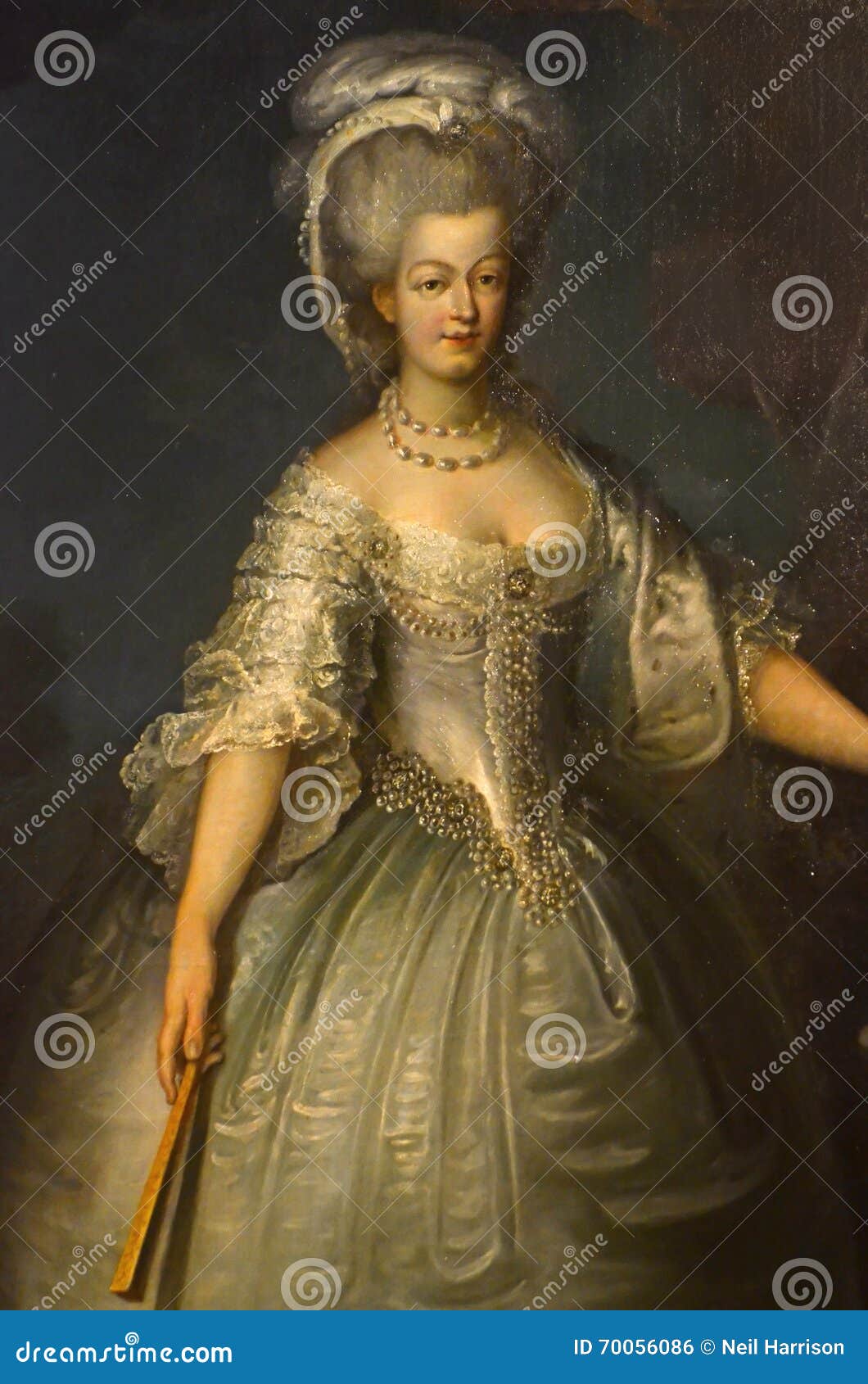

Since its extraordinary unearthing, the painting has been officially renamed: Portrait of the Dauphine of France, Marie-Antoinette de Lorraine-Habsbourg (1755-1793) and has been purchased by the Château de Versailles for €175,500 euros (fives times the highest estimation price), marking its grand return to its origins.īut only half of this story’s mystery has been solved… The original painting, which was last known to be in the collection of the mysterious Marquise de Ganay (who famously disappeared), has never been found. An historical art expert, he instantly recognized the youthful glow, rosy cheeks and knowing gaze of the La Petite Marquise (The Little Marchioness), who was, at the time of its creation, the “future” queen of France. The family in possession of the rare find brought it to the attention of Grégoire Lacroix, the director of the Old Paintings and Drawings department at Aguttes auction house. It was only this past November 2021, 100 years later, that Duplessis’ copy reappeared in Essonne, a department in the region of Île-de-France named after the Essonne river (a left tributary of the Seine). The portrait of the young teenage Dauphine Marie-Antoinette was intended for her mother, Empress Maria Theresa of Austria, but Duplessis also made an identical version for his own studio. It has yet to be uncovered exactly what events transpired that lead to both of the paintings disappearances all that is known is that by the beginning of the 20th century, there was no trace of either – only a humble black and white photograph of the original. Its story begins in 1775, when the original artwork was painted by Joseph-Siffred Duplessis, the official artist to the kings and nobility of France. This painting was completed by Vigée Le Brun circa 1788, just five years before Marie Antoinette was executed by guillotine during the French Revolution.A stunning portrait of a 16-year-old Marie-Antoinette – the ever-famous former queen of France – that has been missing in action for a century has finally resurfaced and is returning to its rightful place in the Château de Versailles. Though the painting was well received by Marie Antoinette’s aristocratic parents and the French court (even helping to get Vigee Le Brun officially accepted in the Academie Royale in France), it did not help the queen’s already damaged reputation in the court of public opinion. Unfortunately, it was too little too late for Marie Antoinette. Though the artist painted at least 30 portraits of the queen, this dignified painting was specifically intended to reaffirm her status as monarch. Unlike many of the more informal portraits that Vigée Le Brun painted of the French monarch and her children, this painting was formally commissioned by Marie Antoinette’s mother to depict her reign as the Queen of France.

Her crown peaks out from the right side of the portrait, sitting atop the table, a constant reminder of her position and power. Though she still sports her iconic powdered updo and a feathered cap. The queen is dressed in royal blue, what for her would be considered relatively modest attire, compared to earlier portraits. She is surrounded by a stately room, adorned with massive marble columns that echo the queen’s regality, an intricate floral carpet, and richly colored drapery.

Archduchess Maria Antonia of Austria by Joseph Ducreux Classical Fine Art Old Masters Reproduction Painting. A now infamous historical figure, this full-length oil portrait of the French monarch features her seated at a red velvet swathed table, holding a book stamped with the coat of arms of her imperial Austrian family and her French husband’s family, to indicate their political alliance. Portrait of Marie Antoinette with a Rose Painting. Marie-Antoinette was the Queen of France in the period preceding the French Revolution, reigning beside King Louis XVI from 1774 to 1792. Not unlike Marie Antoinette, Vigée Le Brun was a maverick in her field, known for blazing her own trail and often shirking the rules. As was often the case in the 18th century, a woman in the arts and a woman in politics were not common in France. Though they may have come from very different backgrounds, these two women faced some parallel adversities. Vigée Le Brun was the official portrait artist for Marie Antoinette, painting the French monarch numerous times in an array of agreeable scenes in an attempt to soften her image in the face of widespread public critique. Marie Antoinette-a woman who perhaps needs no introduction-is the subject of this historic portrait by French artist Louise Élisabeth Vigée Le Brun.


 0 kommentar(er)
0 kommentar(er)
